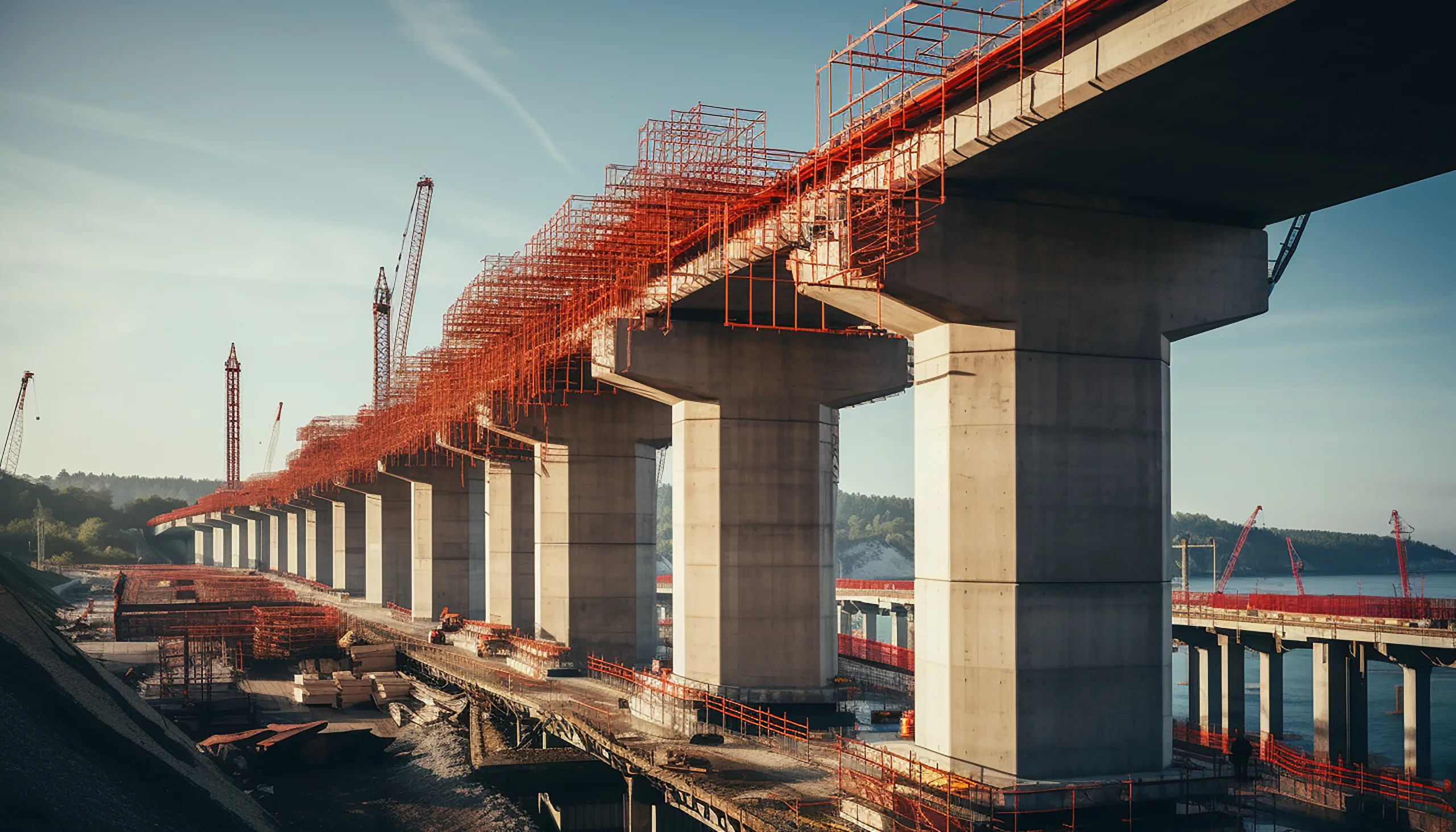Ensuring the reliability of Finite Element Analysis (FEA) models is paramount in the ever-evolving field of structural engineering. FEA has emerged as a powerful tool that enables engineers to simulate complex structures with precision and efficiency. However, maintaining these models in top-notch condition is crucial to achieving accurate results. In this article, we will delve into the importance of proper FEA model maintenance and explore key best practices that every structural engineer should follow.
The Significance of Proper FEA Model Maintenance
Structural engineering is a discipline where even the smallest detail can have a profound impact. This is precisely where FEA models come into play. When meticulously maintained, these models become the foundation of accurate simulations and analyses. It’s not just a recommended practice; it’s an absolute necessity for achieving engineering excellence.
Essential Best Practices for Maintaining FEA Models
1. Choosing the Right FEA Software and Format
Selecting the appropriate FEA software is akin to choosing the right tools for any job. In this context, solutions like SOFiSTiK stand out, offering advanced capabilities that align seamlessly with your project’s unique requirements. It’s crucial to take into account factors such as your project’s specific needs, budget constraints, and compatibility with other tools. Moreover, consider the format of your FEA model, whether it’s a text file, binary file, or database. This choice directly impacts factors like size, speed, and accessibility, so choose wisely to optimize performance and storage.
2. Establishing Clear Naming and Numbering Conventions
Consistency is the linchpin of organization and efficiency when it comes to FEA model maintenance. Developing meaningful, descriptive names and numbers for different components of your model is essential. Avoiding ambiguity and duplication is key. It’s also crucial to systematically document these conventions to ensure clarity and precision in your models.
The Benefits of Diligent Model Maintenance
1. Regularly Update and Back Up the Model
Keeping your FEA model up-to-date is more than just good practice; it’s a strategy for success. Frequent updates ensure that your model accurately reflects any changes in design, specifications, and assumptions. Backups, on the other hand, serve as a safety net against data loss or corruption. It’s vital to implement version control systems or leverage cloud services to efficiently manage updates and backups.
2. Thoroughly Check and Verify Model Quality
A rigorous quality control process is the cornerstone of reliable FEA models. Scrutinizing every aspect of your model is necessary, from its geometry and mesh to material properties and boundary conditions. Utilizing tools such as error reports, convergence tests, sensitivity analyses, and benchmarking is essential to ensure that your models meet the highest quality standards.
Implementing Best Practices for FEA Model Maintenance
1. Validate and Interpret Results
Validation serves as the litmus test of your FEA model’s accuracy. Comparing and evaluating results against reference data is crucial to confirming reliability. Beyond validation, a robust interpretation of results is essential to guide structural design and performance improvements. Employing graphical and numerical tools for in-depth analysis will help you extract actionable insights.
2. Document and Archive Model and Results
Effective documentation bridges the gap between individual work and collaborative efforts. Create comprehensive records that encompass assumptions, methodologies, inputs, outputs, and conclusions. Archiving is vital to safeguard your work, preserve institutional knowledge, and ensure compliance with industry standards. Utilize secure formats and media to protect your valuable data, enabling access for future projects.
Conclusion
By paying attention to these best practices, generating interest in their benefits, nurturing a desire for precision, and taking action to implement these practices, you can ensure that your FEA models are accurate, reliable, and efficient. With these guidelines and the support of a robust tool like SOFiSTiK, you can elevate your structural engineering projects to new heights of excellence, ensuring the utmost accuracy and efficiency in your analyses. Your commitment to these practices will be the foundation of engineering excellence and innovation in the dynamic world of structural engineering.

